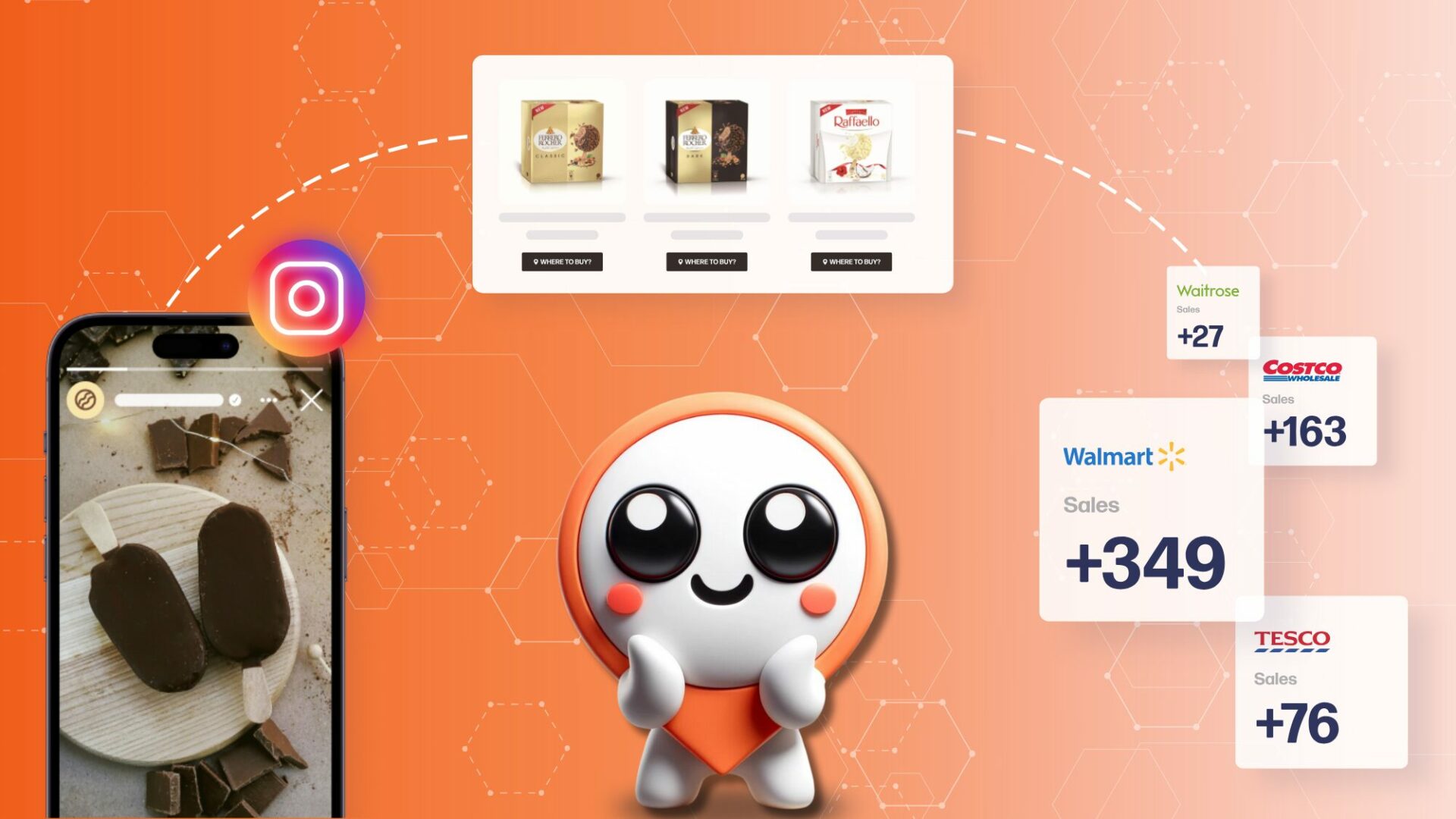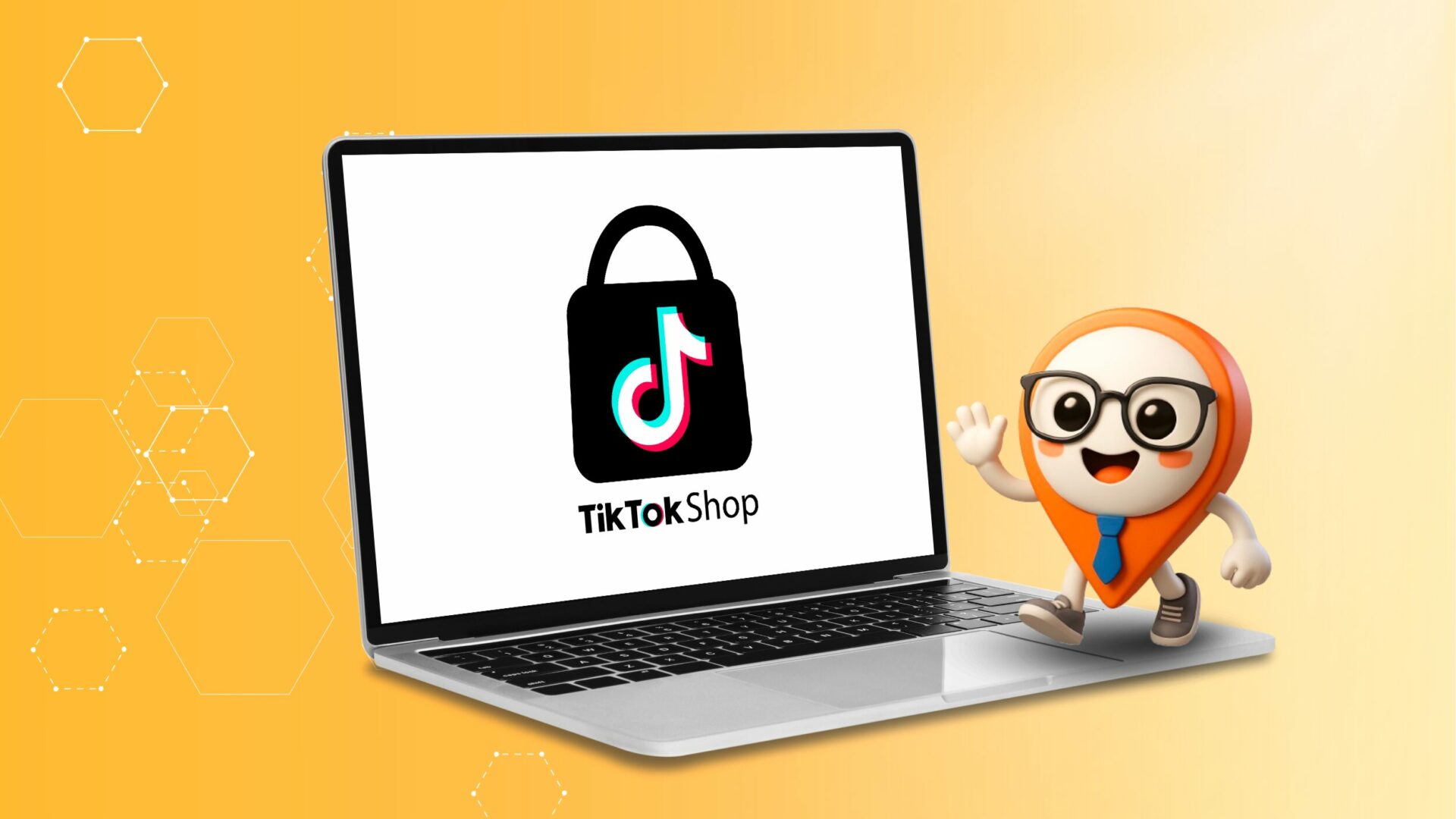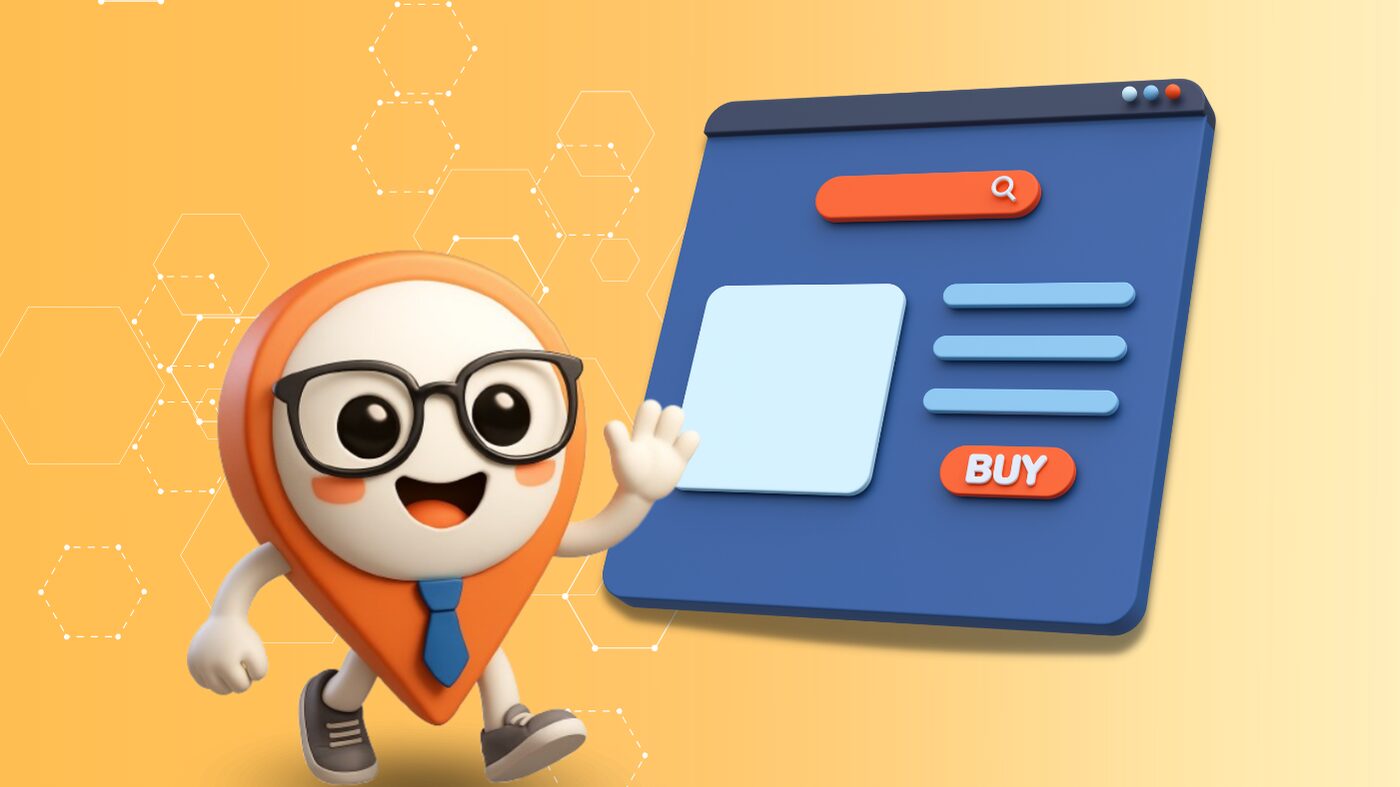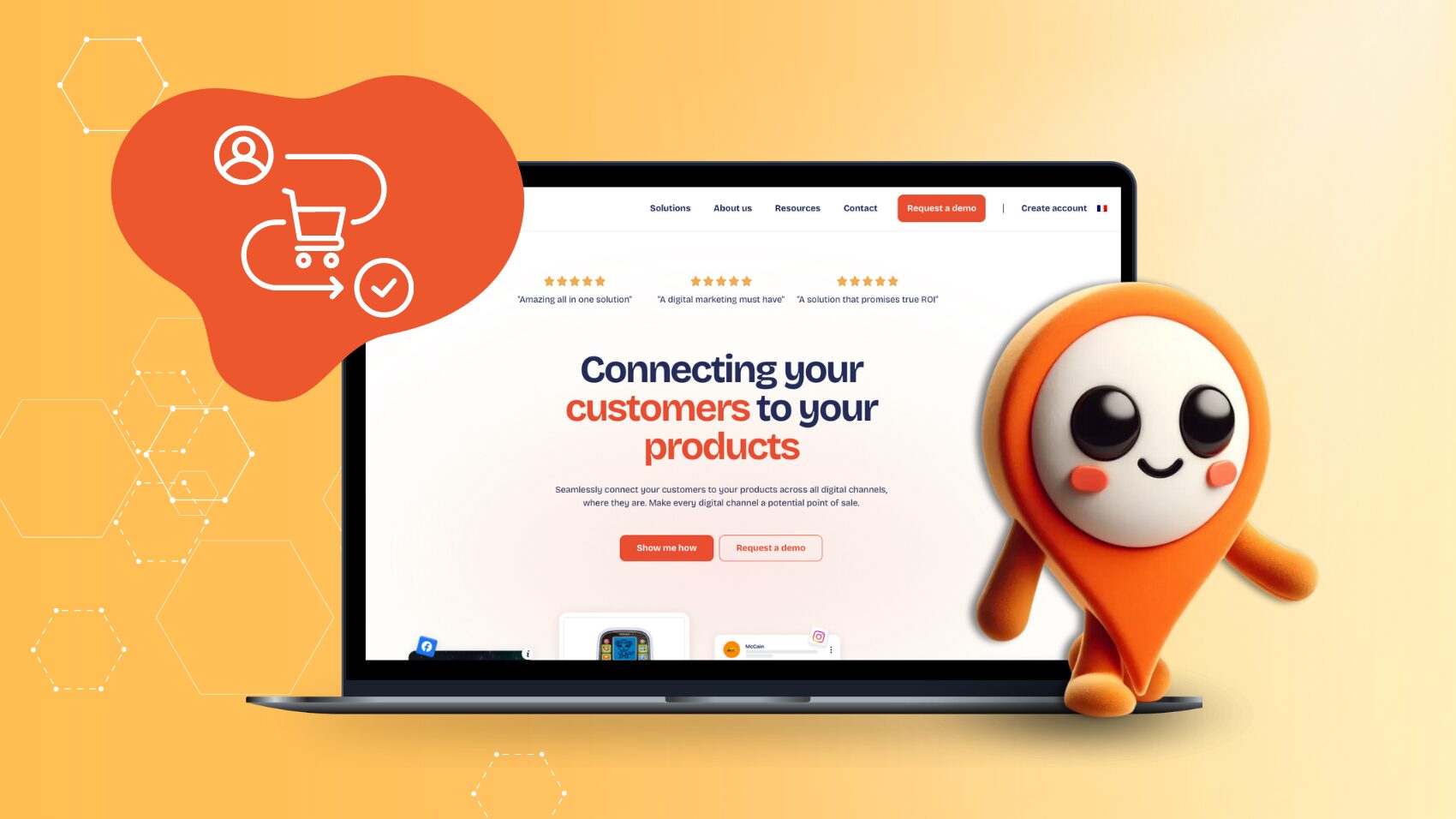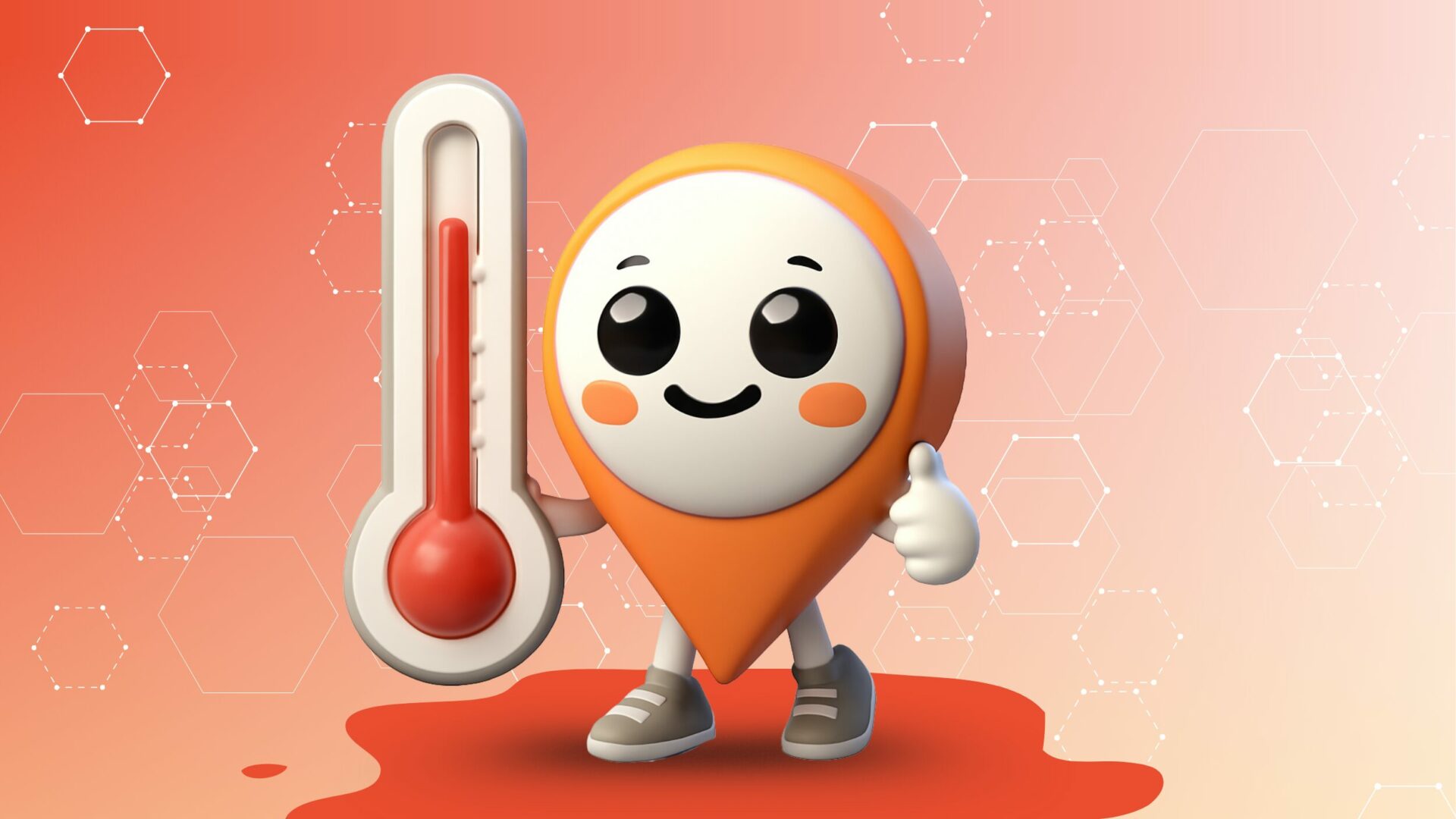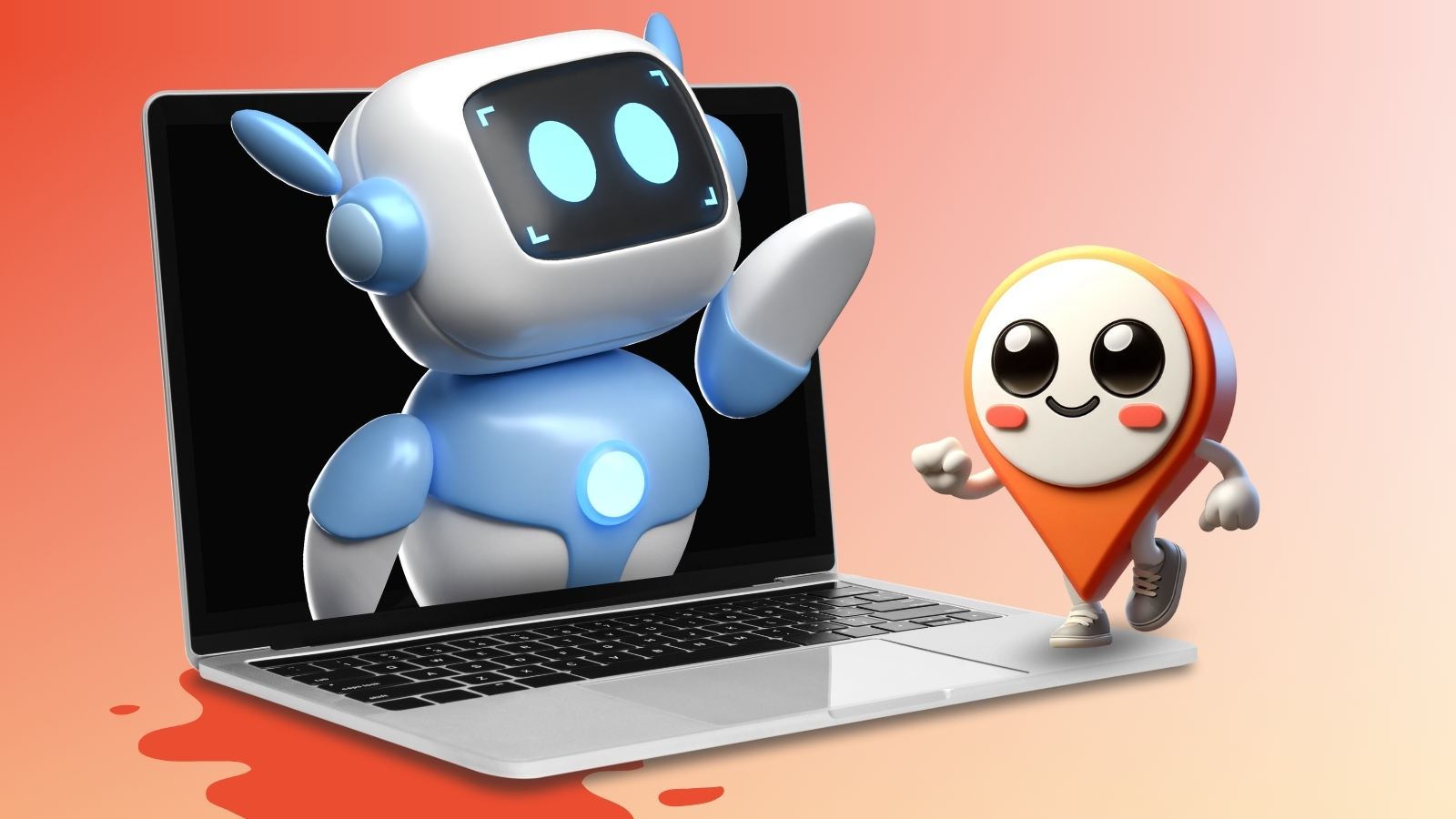What is omnichannel and how can you use it effectively?
A strategy that has become essential
Shopping habits have drastically changed. Today, a customer might discover a product on Instagram, compare prices on a marketplace, read reviews, and then make the purchase either in-store or online. In this context, delivering a seamless and consistent customer experience across every touchpoint has become a necessity.
Omnichannel is not just about being present on multiple platforms. It’s about intelligently connecting those channels to create a frictionless journey, guiding the customer from start to finish — regardless of the path they take.
Want to understand omnichannel in under 2 minutes?
Zoé, Customer Success Manager at Click2Buy, breaks it down simply in this video.
What omnichannel really means
The word “omni” means “all”, but that can be misleading. Omnichannel doesn’t mean being everywhere at once. It means connecting your channels to provide a unified and continuous experience.
Let’s take an example:
A brand selling its products online, in-store, via a marketplace, and through Instagram Shopping is following a multichannel strategy — if each channel works independently.
But if prices, stock levels, and messaging are aligned across all channels, and the experience feels consistent, then we’re talking omnichannel.
It’s a customer-centric strategy, not a channel-centric one. It’s built on:
- Consistent customer experience
- Centralized data
- Tailored messaging at each stage
The key principle: think in customer journeys, not in silos.
That shift means integrating your data, connecting marketing and sales tools, and ensuring consistency — online and offline.
Want to go further? Read our full article on building an effective customer journey: How to build a high-converting customer journey
Why you need an omnichannel strategy
The first major challenge omnichannel addresses is adapting to new consumer behaviors.
Today’s shoppers move seamlessly between channels. They expect to find the same information and experience, no matter where they start. Gaps between channels create friction — and friction kills conversions.
A strong omnichannel approach removes those gaps.
It reduces uncertainty, anticipates needs, and makes buying easier. If a user clicks on an ad and lands on a page with no clear info or purchase link, that’s a missed opportunity.
Every step of the journey should guide them to take action — at the right time, on the right channel.

And beyond conversion, omnichannel strengthens loyalty.
A customer who enjoys a smooth, consistent, and personalized experience across channels is more likely to stay loyal, recommend your brand, and become an ambassador.
What makes a successful omnichannel strategy?
An effective omnichannel strategy requires clear organization and connected tools.
One of the first building blocks: unified sales channels.
Your e-commerce site, marketplaces, social media and physical stores must operate as a connected ecosystem.
That means offering consistent promotions, aligning product information, and synchronizing the journey.
A customer should be able to start a purchase online and finish it in-store — or the other way around — without hitting roadblocks.
Another crucial pillar: centralized customer data.
To personalize and adapt messaging, you need a unified view of customer behavior.
That means using advanced CRM tools to merge insights from every channel and feed real-time marketing actions.
Finally, every touchpoint should be optimized — from digital ads to landing pages, product pages, customer service and in-store experiences.
They must all contribute to a seamless, conversion-focused journey.
Connect touchpoints to boost conversion
An effective omnichannel approach connects digital and physical channels.
For example, your store should not be seen as a standalone point — but as a natural extension of the online journey.
When integrated into your overall ecosystem, every channel becomes a conversion lever.
Examples of smart omnichannel features:
- Embedded store locator
- “Where to Buy” buttons on Instagram posts
- In-store QR codes linking to live stock availability
Goal: Turn every touchpoint into an opportunity to convert.
Another key element: landing pages.
Often overlooked, they’re actually central to conversion.
A good landing page delivers a clear message, shows engaging visuals, and includes strong CTAs.
Never leave your user guessing — show them exactly where to buy, how to access the product, and where to find it nearby.
Conclusion: Omnichannel is no longer optional
Far from being a buzzword, omnichannel is now a strategic must-have for both brands and retailers.
It helps meet modern expectations, improves customer experience, and drives commercial performance.
To make it work, you need to think ecosystem: connect channels, centralize data, streamline journeys, and align teams.
It’s a major shift in mindset — but it unlocks smoother, more engaging, and more profitable customer relationships.
FAQ – The essentials of omnichannel
1. What’s the difference between multichannel and omnichannel?
Omnichannel connects your channels for a unified experience. Multichannel keeps them separate.
2. Why is omnichannel essential?
Because it removes friction in the journey and matches how people shop today.
3. What tools are essential?
CRM, landing pages, store locators, real-time product availability, and reseller redirections.
4. How do you measure its effectiveness?
Track conversion rate, customer loyalty, average cart value, and full customer journeys.
5. Is it only for e-commerce?
No — physical stores play a key role in successful omnichannel strategies.
6. Where should I start?
Begin by analyzing your customer journeys and centralizing your data.

